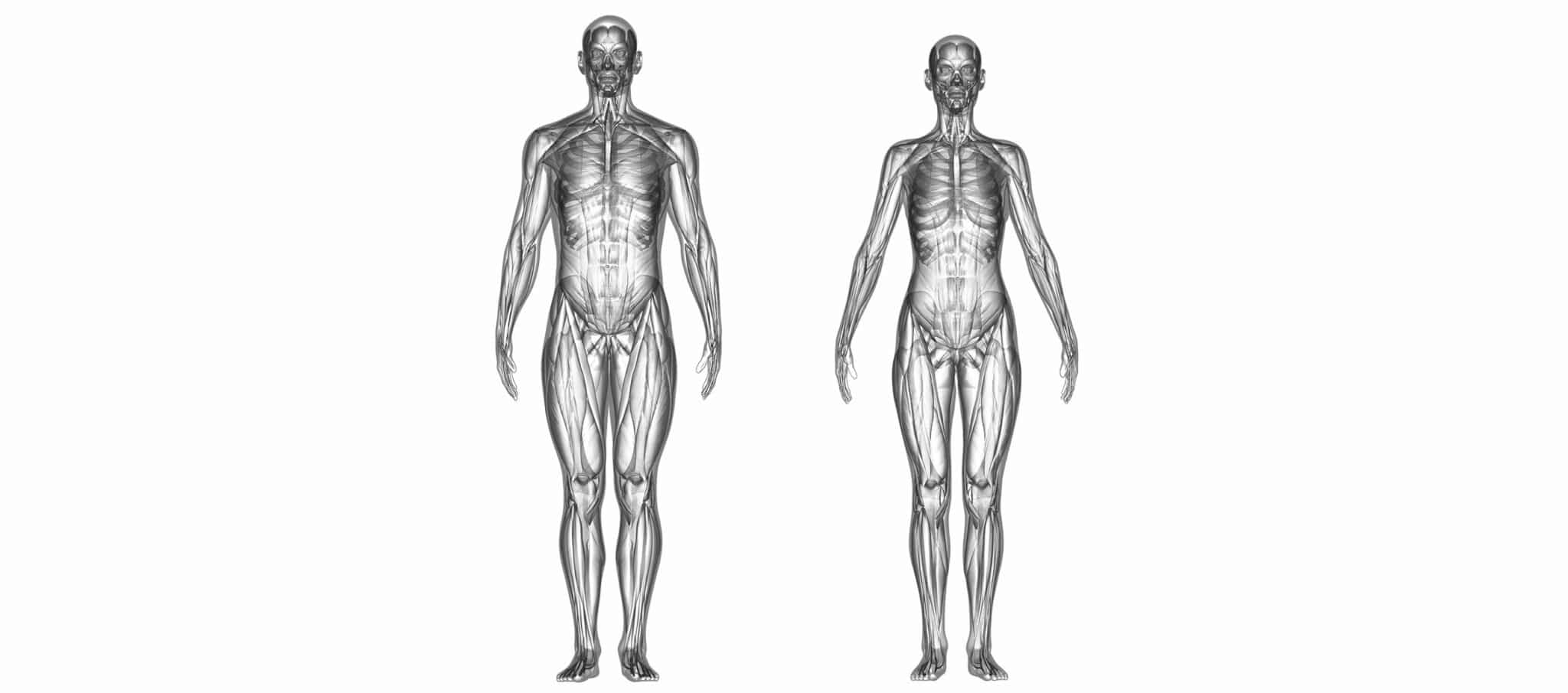What the postural system?
Various factors influence and shape our posture throughout life.
At birth, the body undergoes significant strain which will help its development. We rapidly have to fight gravity, develop our muscles, and therefore our shape, all with the aim of standing up and walking.
We have our own specific postural control system of which the aim is to give us balance, help us walk in a straight line, if possible, and keep our eyes level.
Dysfunctions of the postural system
Throughout life, numerous factors can affect what we consider “normal” posture (“Stand up straight!!”).
For our body to permanently adapt to external and internal influences, the postural control system develops a certain number of muscular and articular compensations. These give our body the impression that it is working well, but unfortunately, results in muscles or joints not being used for the function for which they were designed.
This leads to joint or muscle overuse, which, sooner or later, will result in health problems evidenced by local damage. But this damage, if it is local, may be of distant origin due to the occurrence of these compensations.
Postural analysis and dynamic postural assessments
The aim of postural analysis is to determine how each individual works to enable the subject, with the appropriate treatment, to reduce the excess strain, remedy the strain suffered by the body causing the premature wear and/or pain when static as well as during movement (walking or running).
Posture can be addressed from several aspects, the most common being the eyes, the jaw, and the feet.
The Eyes
A marked difference in visual acuity between the two eyes, convergence or divergence disorders of muscular origin… can result in what is called “descending” postural adaptation, which can reach the feet. The postural control system will try to keep the eyes horizontal while to “see better”, the subject will be forced to tilt or turn their head permanently.
The jaw
The jaw adapts a bit like a pendulum. General posture (ascending effect) can result in a dysfunction on opening or closing. The psyche (anxious subjects who clench and even grind their teeth at night), dental occlusion, orthodontic treatment, and other factors (descending effects) can also lead to the dysfunction of the temporomandibular joint, resulting in muscle compensation responsible for postural disorders and therefore pain.
The feet
The foot is the point of contact with the ground and it initiates propulsion when walking or running.
However, its primary role, and that for which it was designed is to act as a SHOCK ABSORBER. The foot, with its numerous bones, is able to adapt to uneven ground.
Unfortunately, in civilized man, shoes put this primary role under a lot of strain, and from a very young age constrain the foot (like in a plaster cast), whereas it should be free to enable its morphology to develop and to function effectively. The foot must have the function of that of an adult by the age of 8 years.
Any podal dysfunction will affect posture, but the foot will compensate for any dysfunctions above it!
Except for the Queens guards at Buckingham Palace, very few people remain static all day long!
Solutions and treatments
We must look at the foot with regard to its support function (static), but above all its dynamic function (walking, running), as if it does not function correctly, the ankles, then the knees, the hips then the pelvis and the backbone and its appendages, modify their primary function so that the lower limb is stable enough and aligned to propel us and therefore move. The starting point is the function of a joint (subtalar or subastragalar) which generates movement of the foot and that will need to be studied through dynamic postural assessment.
Whether it is through customized, active shock-absorbing insoles, stimulating and balancing oral orthotics, orthoptics, specialist rehabilitation, osteopathy or collaboration with all the health care professionals (doctors, surgeons, dentists, speech therapists…).
It is possible and even recommended from a very young age to treat dysfunctions identified during the dynamic postural assessment in order to prevent numerous problems in the future during daily life or sports activities (osteoarthritis, back pain, some scoliotic deformities, etc.).
Once these conditions have taken hold, treatment can provide relief and prevent worsening.
By Alain NEDELEC, Physiotherapist-Osteopath
In charge of dynamic postural assessments
OPS Clinics Paris/ Montpellier

